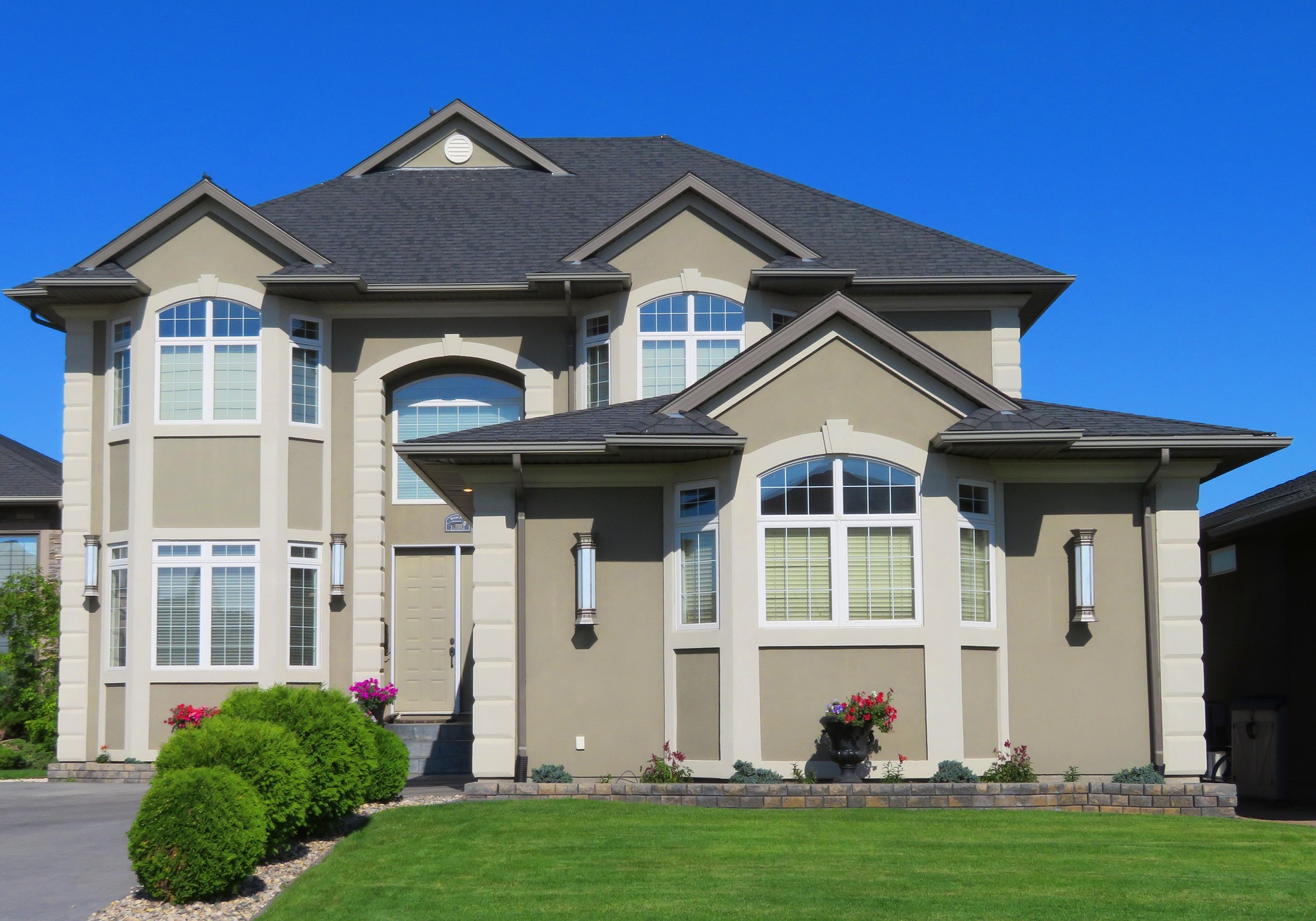The Appeal of Mixed-Use Real Estate: A Comprehensive Examination
In today's dynamic real estate landscape, mixed-use properties are gaining popularity and transforming urban landscapes. These properties, which combine residential, commercial, and sometimes industrial spaces, offer a unique blend of benefits for investors, developers, residents, and communities.

A Background of Mixed-Use Real Estate Development
Mixed-use real estate isn’t a new concept. In fact, it harks back to the pre-industrial era when homes and businesses coexisted in the same neighborhoods. However, with the rise of industrialization and urban sprawl, cities moved towards zoning laws that separated residential and commercial areas.
The turn of the 21st century saw a resurgence in mixed-use development, fueled by urban revitalization efforts and a growing desire for walkable communities. This shift marked a departure from the post-industrial urban planning norms and a return to a more integrated approach to urban development.
Current Market Trends in Mixed-Use Real Estate
There’s a strong demand for mixed-use properties, driven by several factors. Firstly, the push towards urbanization and the desire for convenience. Many people, especially millennials, prefer living in areas where they can live, work, and play without long commutes.
Secondly, mixed-use developments help cities optimize land use and create more sustainable communities. They reduce vehicle reliance, promote walkability, and contribute to vibrant, active neighborhoods.
Lastly, from an investment perspective, mixed-use properties can offer a diversified income stream. They can provide more stable returns as they’re not reliant on just one type of tenant.
The Advantages and Challenges of Mixed-Use Real Estate
Mixed-use properties offer numerous benefits. They create vibrant, pedestrian-friendly communities, contribute to urban revitalization, and can potentially offer strong financial returns.
However, they’re not without challenges. These developments require significant capital, intricate planning, and careful management. They’re subject to more complex zoning rules and can pose greater risks due to their reliance on multiple sectors.
The Impact of Mixed-Use Real Estate on Buyers and Investors
For buyers and renters, mixed-use properties offer convenience and lifestyle benefits. They provide easy access to amenities, reduce commute times, and contribute to a vibrant community atmosphere.
For investors and developers, mixed-use properties can offer attractive returns. They provide a diversified income stream, which can help mitigate risks. However, they also require careful management and a thorough understanding of both the residential and commercial real estate markets.
A Balanced View of Mixed-Use Real Estate
While mixed-use properties can offer substantial benefits, they’re not a one-size-fits-all solution. They work best in areas with strong demand for both residential and commercial spaces. They require careful planning, significant investment, and a long-term commitment.
Still, in the right conditions, mixed-use properties can contribute to sustainable urban growth, provide lifestyle benefits for residents, and offer attractive returns for investors. They’re an intriguing element of the evolving real estate landscape, offering a unique blend of opportunities and challenges.



